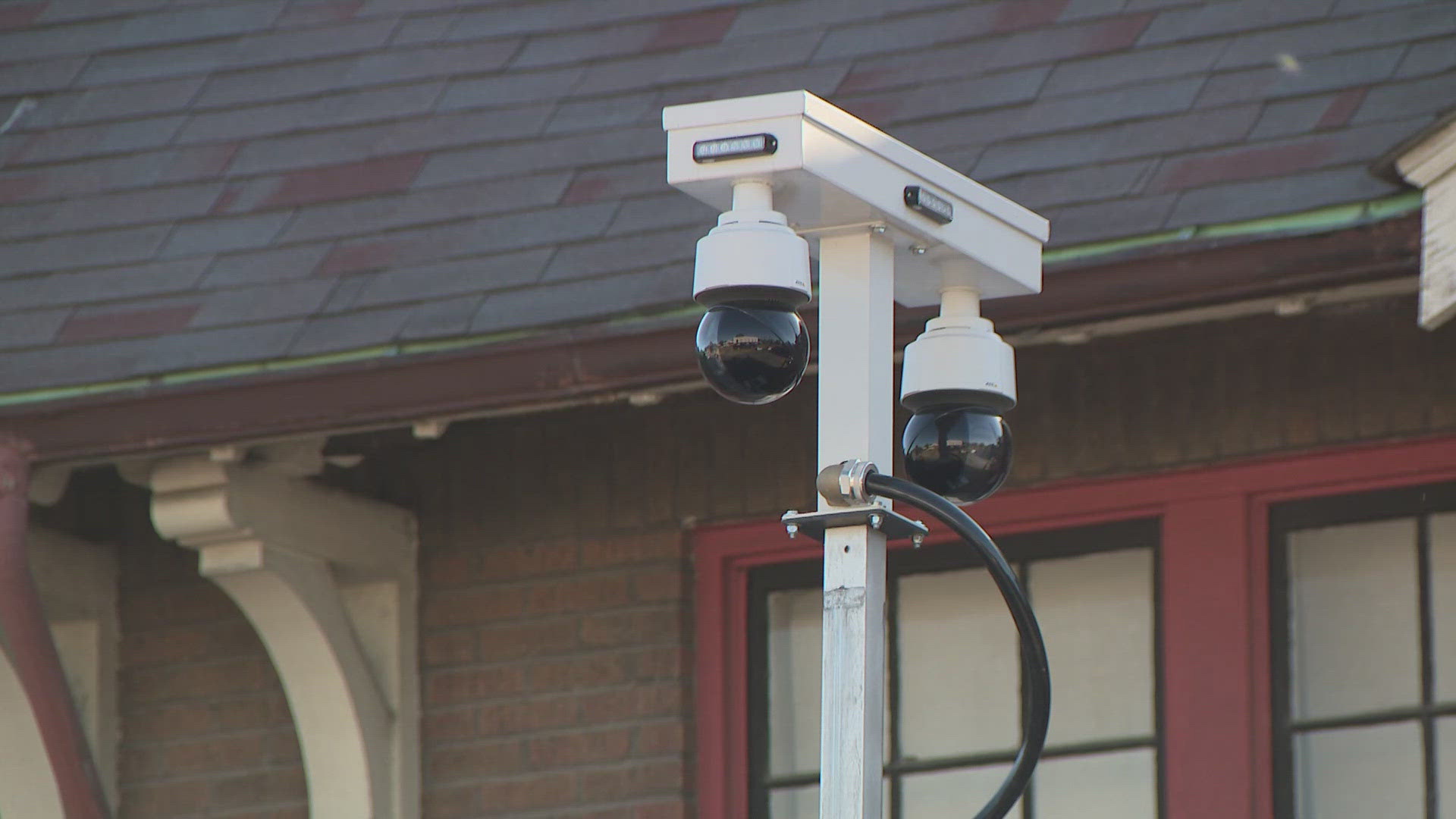ST. LOUIS — People in South St. Louis are reacting to the expansion of a program to make criminals in St. Louis think twice.
For years, St. Louis police have invested in a high-tech tool known as ShotSpotter to quickly determine where gunfire is happening - as it happens. Now the technology is being expanded in Dutchtown and the Mt. Pleasant communities.
Critics say it comes with a hefty price tag. Some elected leaders question how effective it is.
Along Grand and Meramec Street you'll see community - small businesses, homes, and people living their everyday lives. But more than they'd like it to, some will tell you crime shows its face.
"I heard something about a shooting over here,” Brianna Roberson said, pointing behind her.
"A kid got killed in here inside this building,” Arthur Courtland said, pointing next to him.
Add to that, a homeless man familiar to the community was shot and killed just blocks away. It happened at the top of the year.
"I recently had a friend that just got killed in this area… He was shot in the head twice. If there had been a camera there they probably would've caught who did it,” Courtland added.
Now south St. Louis is seeing more mobile cameras that sit high as well as audio recorders that aren't as visible, known as ShotSpotter.
"As soon as they hear gun shots, they know exactly where to go,” Roberson said, sharing her knowledge of the technology.
It costs nearly $5 million a year. A mix of city funds, grants, and ARPA money is helping foot the bill. Still, some elected leaders have questions.
“Dutchtown has a high concentration of crime. But I think ShotSpotter is a technology that's still under evaluation,” said Shane Cohn of the Board of Aldermen.
"In order for actual trust, we have to have actual data. I want to know how many did the technology help make arrests, of that, how many convictions came from that? And I know that that's what people in the community want to know,” Alderwoman Alisha Sonnier said.
Police Chief Robert Tracy says grant money will help expand the technology in south St. Louis.
"I think it's helped a lot honestly… I think they need more in different spots,” Roberson said.
The city started using ShotSpotter back in 2008, well before Tracy came in. He's describes it as a way to "get the trigger pullers off the streets."

